There is Only One Death
Matilde Moisant and her family embodied the shamelessness, recklessness, and globe-spanning ambition that defined the early era of manned flight.
Welcome to Sports Stories, a publication at the intersection of sports and history: written by Eric Nusbaum, illustrated by Adam Villacin, and delivered to your inbox every Tuesday. This month we’re covering early women in the history of aviation. If you’re not already a subscriber, please sign up here—it’s free!
Also: today is paperback publication day for my book, Stealing Home: Los Angeles, the Dodgers, and the Lives Caught in Between. If you like what we do in this newsletter I’d urge you to take the advice of Public Enemy’s Chuck D ("Stealing Home has a driving plot, a humane heart, and a proud conscience. Read it and enjoy the story, or read it and get mad, or read it and change your mind. Most importantly, read it.") and pick up a copy from your local bookstore.
Thanks,
Eric
To tell the story of Matilde Moisant, you also have to tell the story of her family. The Moisant siblings were wildly ambitious and borderline mad. Collectively, their lives are a giant sprawling novel. It wouldn’t be accurate to call the Moisants the first family of aviation—after all, the Wrights exist. But more than anybody else, Matilde Moisant and her brothers embodied the shamelessness, recklessness, and globe-spanning ambition that defined the early era of manned flight.
The children of Quebecois immigrants, the Moisant siblings grew up between farm communities in rural Illinois and Chicago. There were twelve children in all, but only seven made it to adulthood. The children spoke French at home, but English out in the wide world. When their father died young, the oldest son Alfred brought them all to live in Alameda, California. They stayed in Alameda for a decade or so. The Moisants were prosperous and hardworking. But Alfred had bigger things in mind. He had heard, somehow, that people were making fortunes in Central America.
So that’s where the Moisants went, en masse. They set up shop in El Salvador in 1896, where they opened coffee and sugar plantations. The siblings added Spanish to their fluent English and French. This was an era of imperialistic American fruit capitalism. I know that might sound, ahem, bananas, but it’s true. Companies like United Fruit were buying up huge swaths of forest in Central America, ravaging the environment and treating locals as expendable pieces. They were also messing around with local politics: buying loyalty, leading coups with mercenary armies, the whole thing. The general feeling among American businesspeople in Central America was that these countries existed solely for the sake of resource extraction.
The Moisants certainly felt this way. They were unafraid to bully local governments. One of the brothers in particular, John, gained a reputation as a soldier of fortune. He feuded with Salvadoran president Fernando Figueroa. Moisant led multiple attempts to overthrow Figueroa, and harbored his political opponents on the family plantation. It would take an entire book to cover all that went down between the Moisants and FIgueroa—and how it may or may not have involved neighboring governments, American agents, big business, and other pre-CIA intrigue.
The thing to know is that it was bound to end badly. Various Moisants were imprisoned and exiled. In 1909, John decided it was time to leave El Salvador. He was a hot-headed and fearless type, and he was intrigued by airplanes. According to some sources, John had been following aviation since the earliest reports from Kitty Hawk. According to others, he read an article or two and thought something along the lines of: “I can put bombs on those flying machines and use them to destroy the government of El Salvador.” That year, he took off for France. After just a few hours of classes, he got himself a pilot’s license.
John Moisant quickly became a celebrity. He designed his own planes (including the first metal aircraft). He piloted the very first flight over the English Channel, and the first passenger flight over a city (Paris, of course.) By the time John returned to the United States, his older brother Alfred was convinced that aviation was the key to the Moisant family future—not from a military perspective, but from a commercial one. There would be no need for John Moisant to return to El Salvador.
John and Alfred founded a flying circus—a traveling troupe called the Moisant International Aviators. Among the flyers they recruited were a pair of Frenchman named Roland Garros (who would later become a World War I hero and the namesake for a rather important tennis venue) and Rene Simon (who was hired by the Mexican government in 1911 to fly what historians consider to be the first ever military reconnaissance mission in an airplane).
In October of 1910, John Moisant won a big air race in New York: a dash around the Statue of Liberty and back to an airstrip in Long Island. Long Island would also be the site of the Moisant Aviation School. The vision was that the Moisants would manufacture airplanes at the site, then train aviators who could buy them. Alfred would handle the business side, and John’s fame as he toured with the International Aviators would ensure a steady run of new customers.
But that vision was quickly imperiled. On a December day in New Orleans in 1910, John was thrown from his plane by a gust of wind. He fell 25 feet from the cockpit, landing on his neck and dying on impact. The Moisant International Aviators were now without their namesake. The death of John Moisant was a catastrophe—he was such a big star at the time that when New Orleans opened its first airport in the years afterwards, it was called Moisant Field. The city still has MSY as its airport code for Moisant Stock Yards.
Some historians have it that Matilde Moisant decided to become an aviator because she was duty bound by John’s death to step up and help lead the family business. But this version of events is not quite convincing. From what I can see, the Moisant Aviation School didn’t really get going until 1911, the year after John’s passing. Matilde was living in New York and spending time around the school. In particular, she struck up a friendship with its first female student, Harriett Quimby.
Harriett Quimby was in her mid-thirties when she decided to learn to fly. She was a successful journalist, who had met the Moisant family while covering one of their airshows on assignment, and become totally enamored with aviation. So much so, that even after John’s death, she decided to enroll in the Moisant school. She became the first American woman to earn a pilot’s license and a media sensation in her own right. She wrote about her exploits in magazines, drew huge crowds to air shows, and even penned aviation-themed screenplays that D.W. Griffith adapted into silent films.
Quimby was glamorous and renowned. She crossed the English channel in a perilous little biplane. She wore bright jewelry and touted aviation as a sport as suitable for women as it was for men. She believed in the airplane as something more than a novelty, even at a time when most people saw it as exactly that.
Matilde and Harriett became fast friends, and Matilde followed her into the air as soon as she could. (She later told reporters that she was flying solo after just 32 minutes of instruction.) Matilde became the second American woman to earn her pilot’s license, and quickly became one of the main attractions for the family business, touring the United States and Latin America. In September of 1911, a short time after earning her pilot’s license, she bested Helene Dutrieu in an altitude competition and set a woman’s world record.
Matilde was a superstitious sort. She wore a swastika pin as a good luck charm (this was years before Hitler put it on the Nazi flag). “She regarded thirteen as her lucky number,” wrote the New York Times in a 1923 profile on early women aviators. “She was born on the thirteenth, she began flying on the thirteenth, her first and last name began with the thirteenth letter of the alphabet and her machine was numbered thirteen. Miss Moisant thought these numerals had much to do with her luck.”
Even if Matilde hadn’t believed in her own good luck, she likely wouldn’t have been able to resist the allure of the air. “I never could watch my brother fly without experiencing great fear,” she told Aero and Hydro magazine, “but with myself it is different. After I leave the ground I enjoy every minute without a thought of anything that might happen.”
“If I felt the least afraid I certainly would not fly. Anyone who has not confidence in himself and his machine should never fly. I think many accidents are the result of fear, which often causes an aviator to lose his head.”
Matilde would consistently return to these themes when talking about her career: fear and luck. Her brother John had died after being thrown from his plane. In 1912, Harriett Quimby met the same fate in Boston. But John and Harriett didn’t have fortune on their side like she did.
It was clear that regardless of the risks, Matilde found flying to be a joyous and life-giving activity. Once, she disregarded a sheriff’s order on Long Island to not fly on a Sunday. When she took off, she found herself being chased from the ground by the sheriff and deputies, leading them on a wild goose chase over farms and fields and little towns, Matilde in the air and the sheriff tracking her from below in his car. Ultimately, she stirred up such a scene that by the time she landed there was a crowd of hundreds of admirers present to form a blockade and prevent the sheriff from arresting her.
“Miss Quimby took no chances and frequently chided me for my recklessness,” Matilde told the Times. And here I have come out of accident after accident, while Miss Quimby had to lose her life in her very first mishap. It is something like a game of poker, after all, and each one is confident that he will win the next time.”
After each of Matilde’s accidents, her family pleaded with her to quit flying. Once, at an air show in Fort Worth, a mob of spectators crowded into her runway. To avoid crashing into them, she pulled up sharply only to come crashing down in a burst of flames a short distance away. She was pulled from the burning wreckage alive.
Another time, Matilde flew into a hillside in Louisiana. The plane somersaulted and crashed, pinning Matilde underneath. She escaped with bruises. Matilde survived those crashes. She survived a nosedive in Mexico and a clipped wing. She got lost in a fog and nearly clipped another plane that she could hear but not see. She found her way out by cutting her engine to listen for the other plane’s location, and gliding down to safety at a lower altitude.
Matilde’s aviation career only lasted about a year. She gave up flying in September of 1912, just a few months after Harriett Quimby’s death. By then her family talked her into staying aground. The Moisant Aviation School and Moisant International Aviators flying circus would soon go aground as well. Alfred Moisant closed up shop in 1914. Matilde ultimately settled in Los Angeles, where she lived until her death in 1964.
“I cannot watch a machine in the air without being overcome with a desire to fly myself,” she had once told the New York Times. “It is an intoxication, and I am afraid I can never be cured. One can not be worse than killed, and there is only one death, is what I think when I find myself in a perilous situation.”
The Portal of the Folded Wings Shrine to Aviation
Matilde and John Moisant are both buried at Valhalla Memorial Park in Burbank, California. In particular, they are interred at a monument known as the Portal of the Folded Wings Shrine to Aviation. The shrine is a 90-foot domed structure directly under the flight path of the Burbank Airport. Initially, it had been constructed as an entryway for the cemetery. But after the entrance was moved, aviation enthusiasts got together in the early 1950s and had it rededicated and repurposed. In the ensuing decades, dozens of early aviation pioneers were re-interred there.
Here are a couple photos Adam snapped on a recent trip:
Related Reading
The Moisants were covered extensively in newspapers during their brief starmaking run. Most of the good stuff from this story can be found in the archives historical database through your local public library. The New York Times in particular was smitten with their Long Island exploits.
But I want to provide a special note of appreciation for a website called Collectair.org and its proprietor Steve Remington. I’m honestly not sure how a single person could have compiled so many anecdotes, stories, images, and historical artifacts into a single place. But Mr. Remington did it—and his extensive history of Matilde Moisant gets into details that I didn’t have the expertise or the space to get into here. (For example, the Moisants sold airplanes to Pancho Villa!)
The best article I could find at the Moisant family’s exploits in El Salvador was called “A United States Dilemma: Economic Opportunity and Anti-Americanism in El Salvador, 1901-1911” by Thomas Schoonover for the Pacific Historical Review in 1989. It’s an academic article, and the title is a mouthful, but Schoonover did some incredible primary source research looking at the correspondence of the American diplomats and industrialists who were involved in screwing up any chance for a stable democracy to stick in El Salvador.

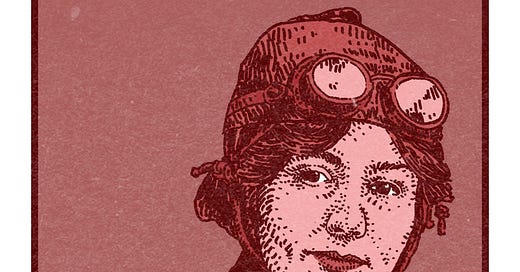


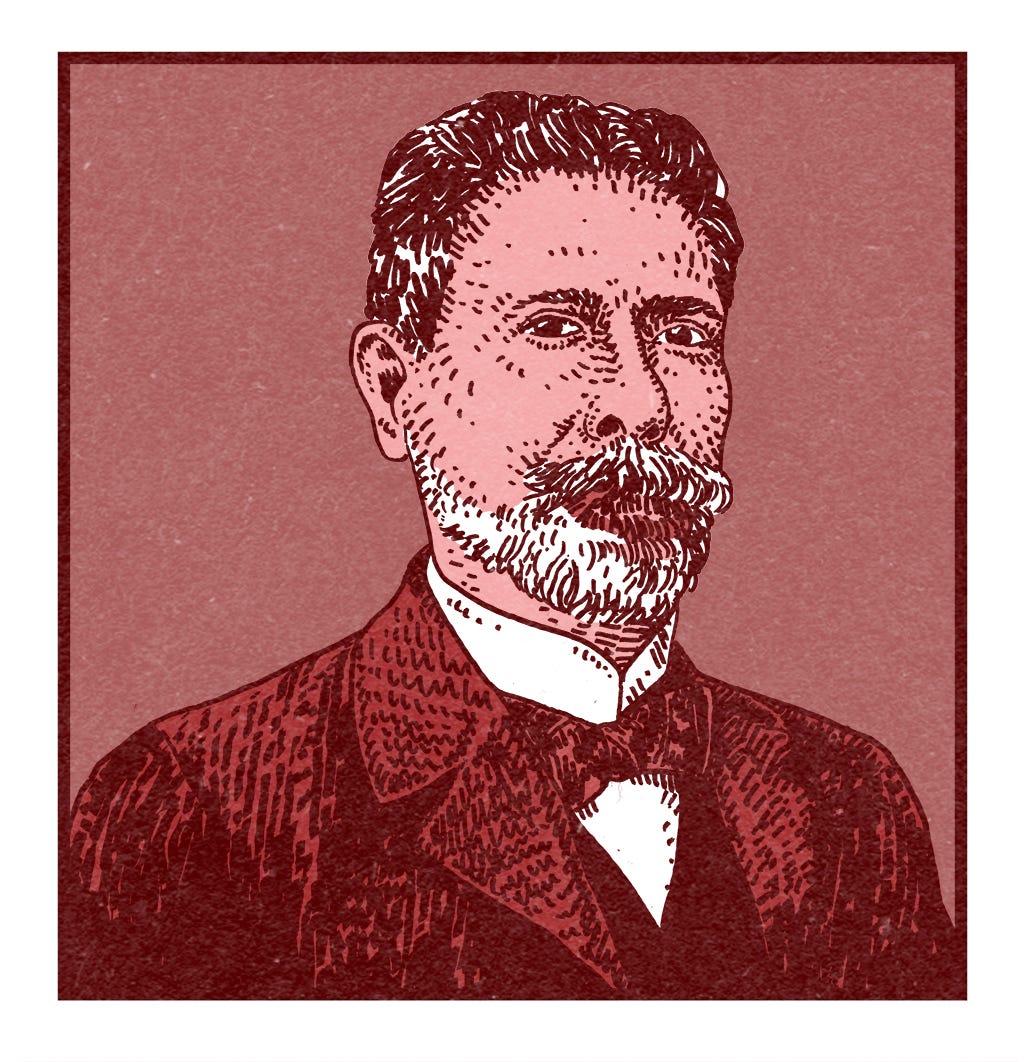
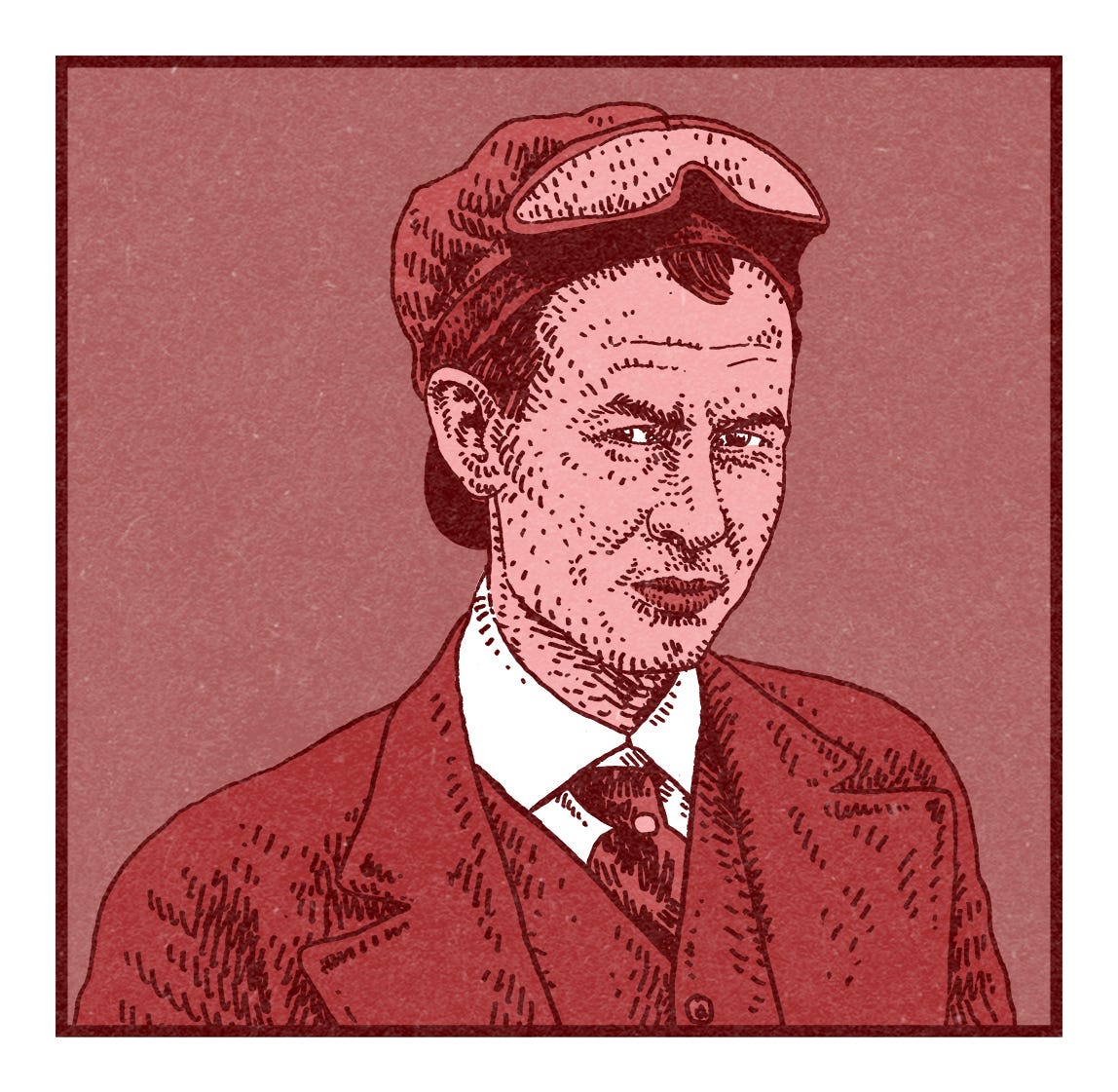

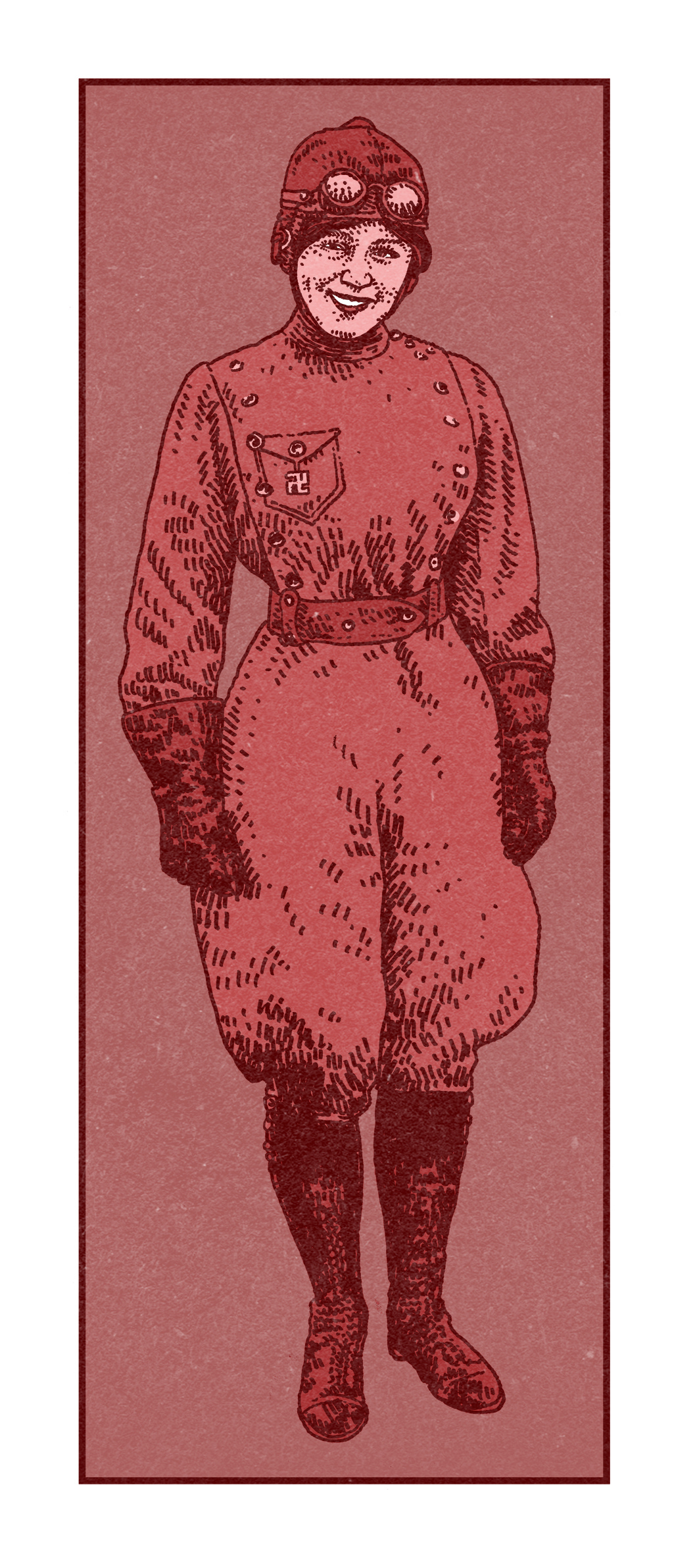
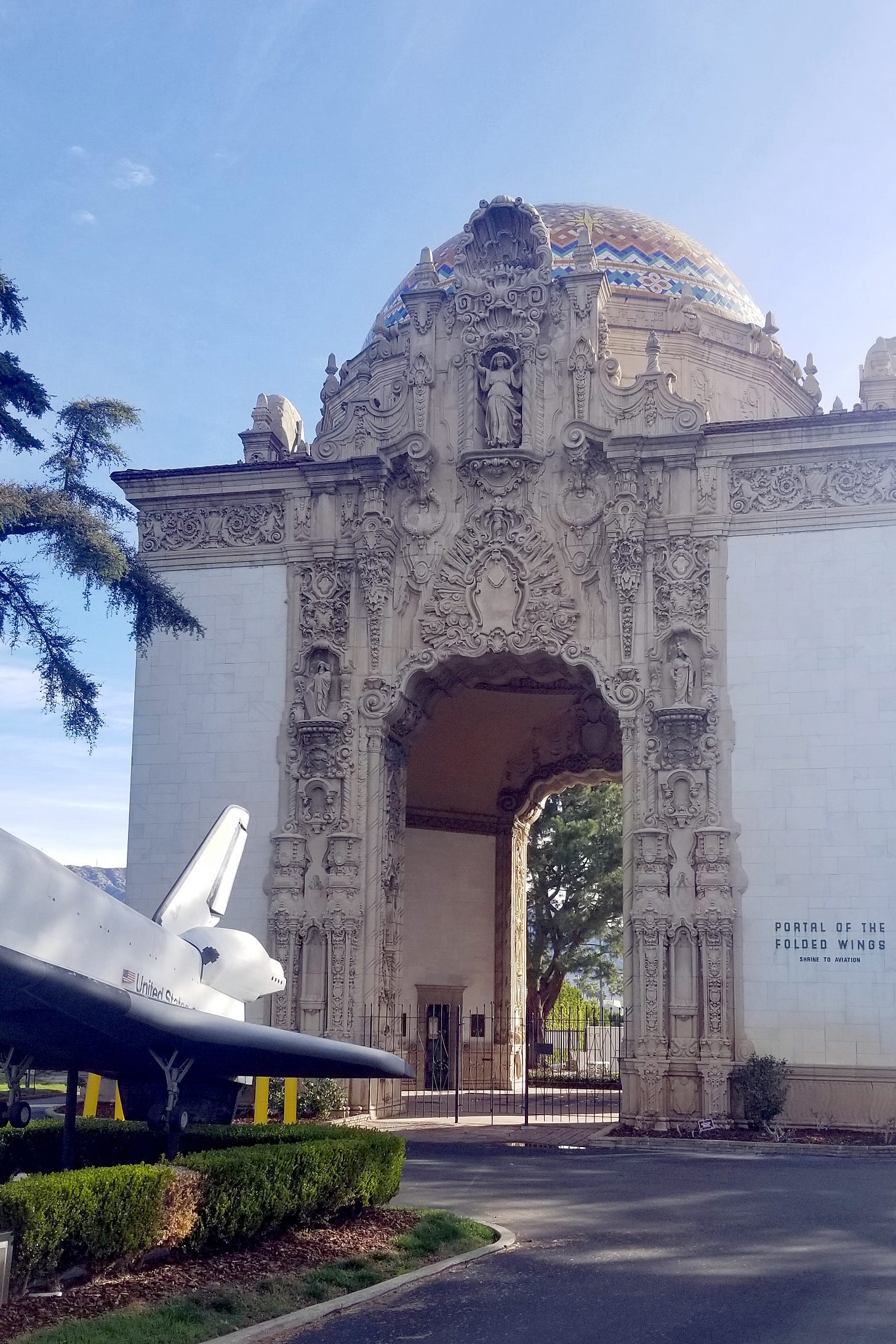
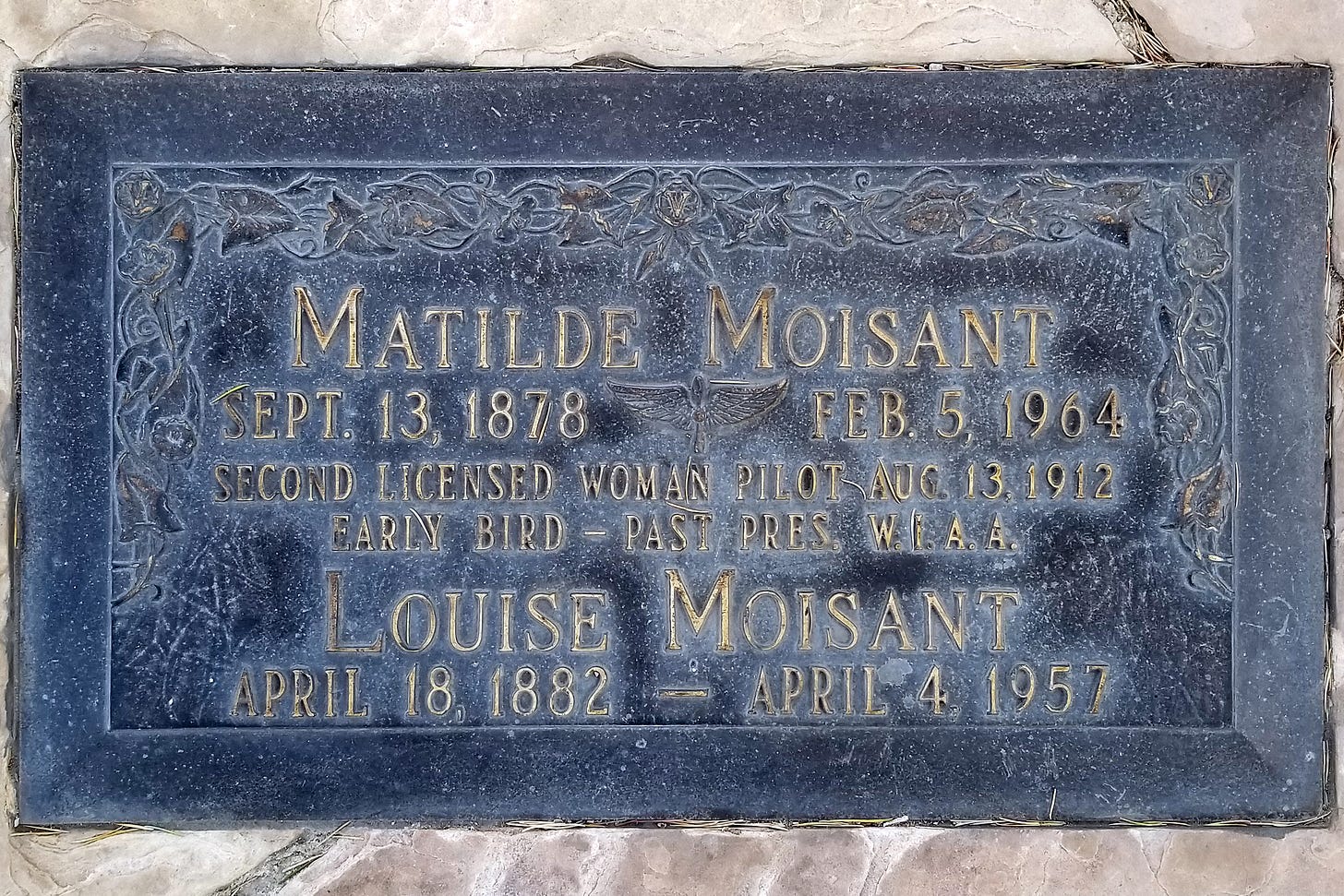
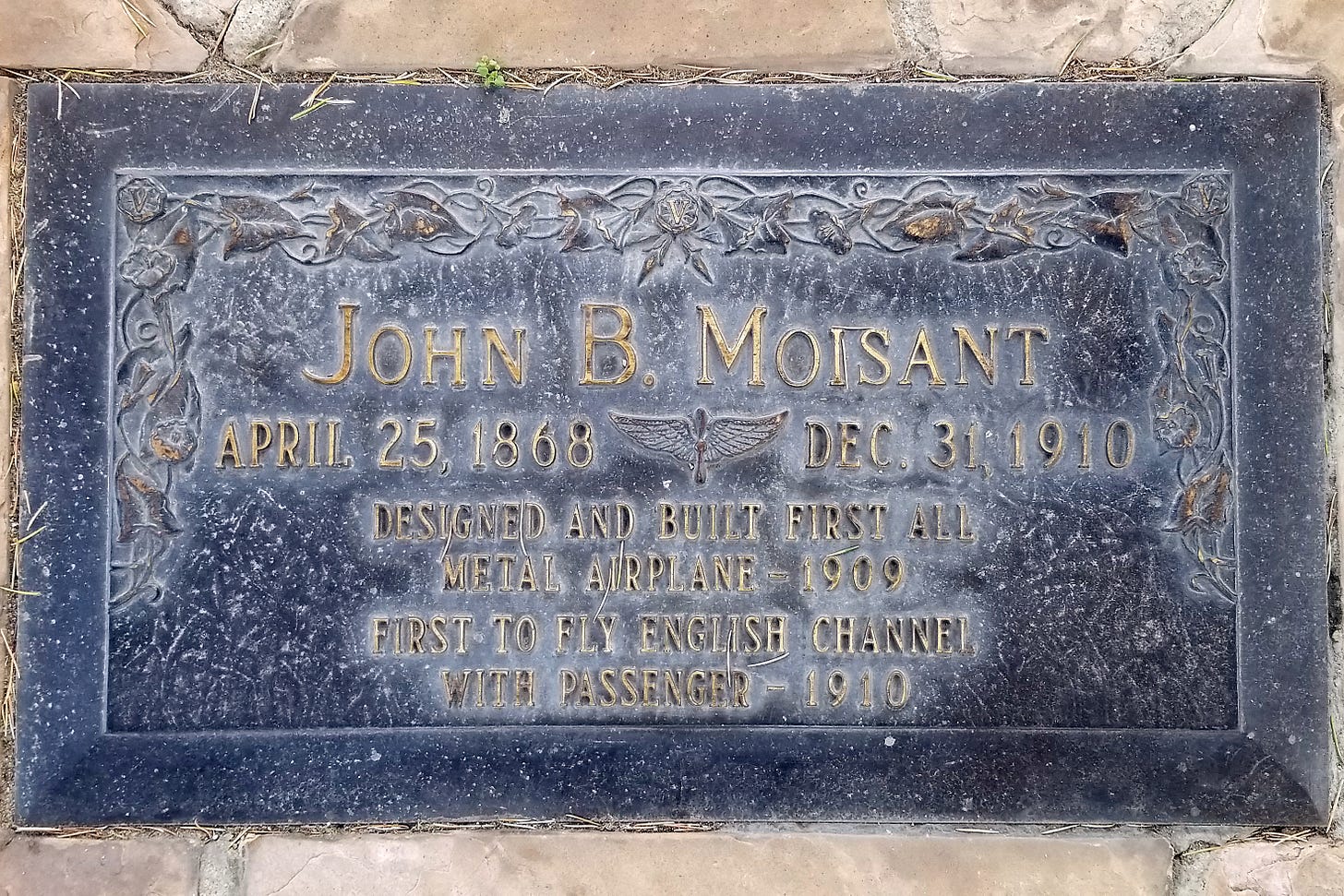
Humm? Can this be correct? "John Moisant quickly became a celebrity. He designed his own planes (including the first metal aircraft). He piloted the very first flight over the English Channel." It must be true because I'm reading it on the Internet!! And all this time history has recorded that Louis Bleriot made the first flight across the channel. Maybe the author should stick to sports triva and stay away from aviation history - or, at the very least do better research!